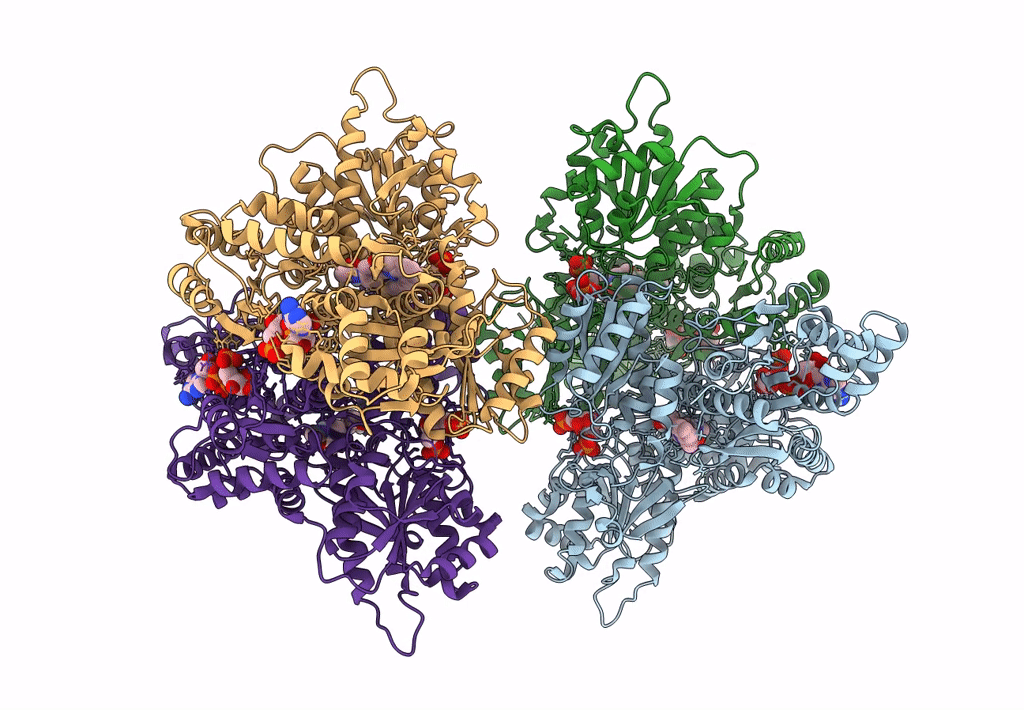
Deposition Date
2021-02-27
Release Date
2022-01-26
Last Version Date
2024-05-29
Entry Detail
PDB ID:
7LW1
Keywords:
Title:
Human phosphofructokinase-1 liver type bound to activator NA-11
Biological Source:
Source Organism:
Homo sapiens (Taxon ID: 9606)
Host Organism:
Method Details:
Experimental Method:
Resolution:
2.90 Å
Aggregation State:
PARTICLE
Reconstruction Method:
SINGLE PARTICLE


